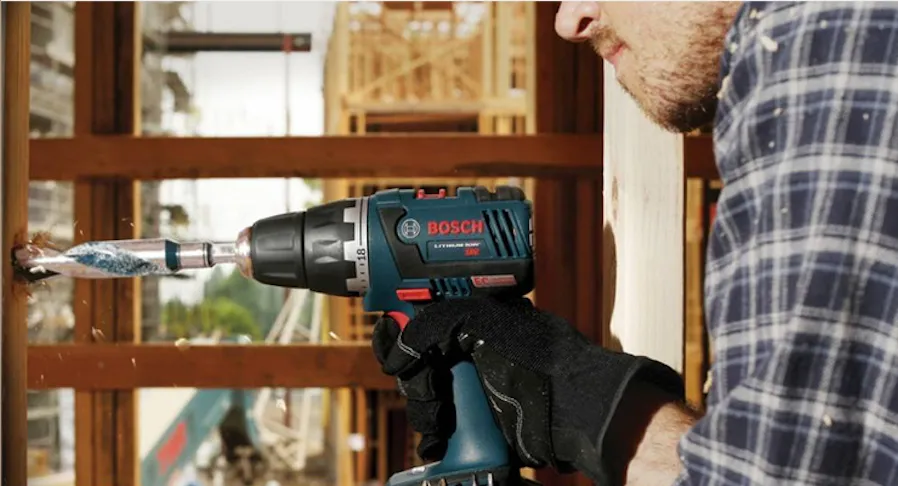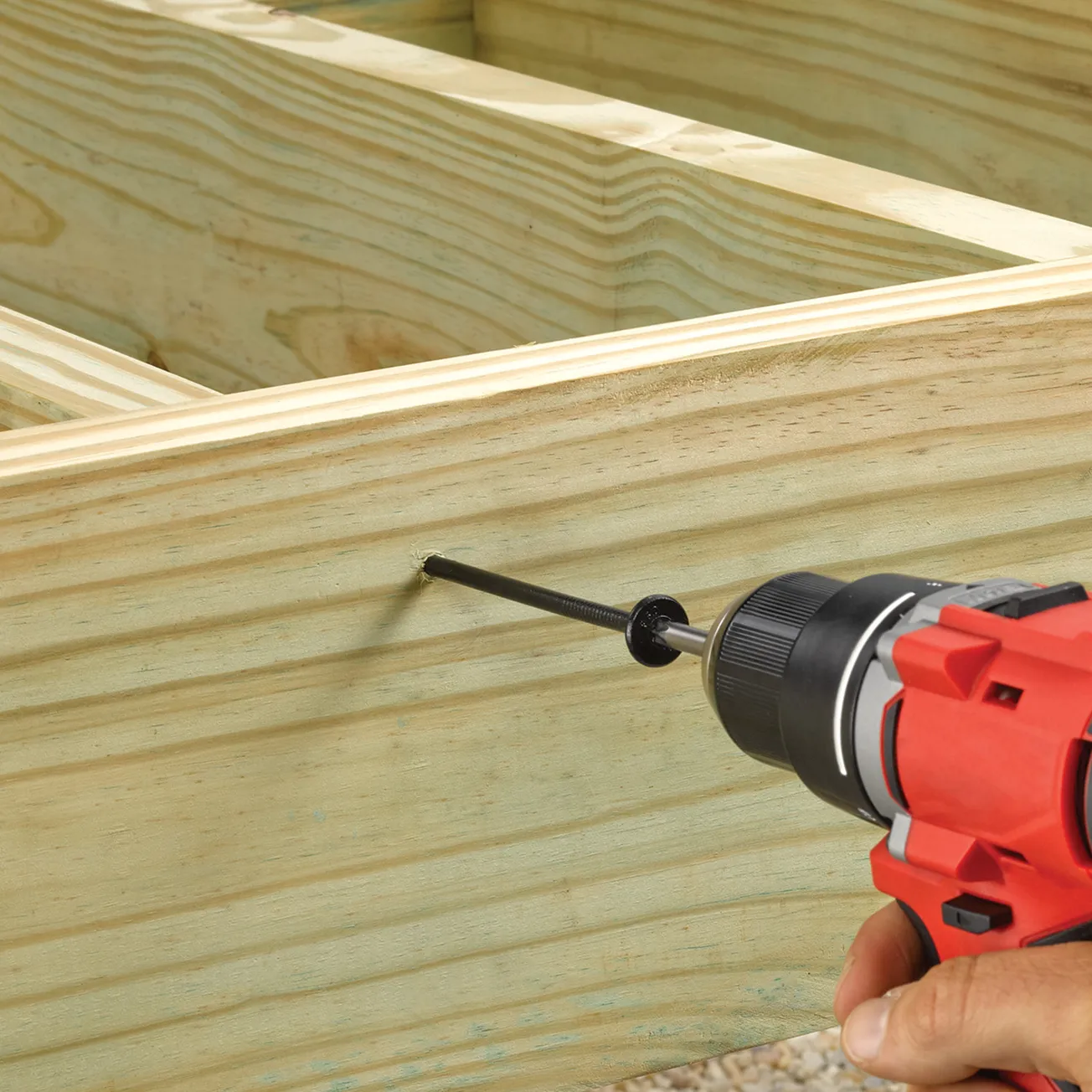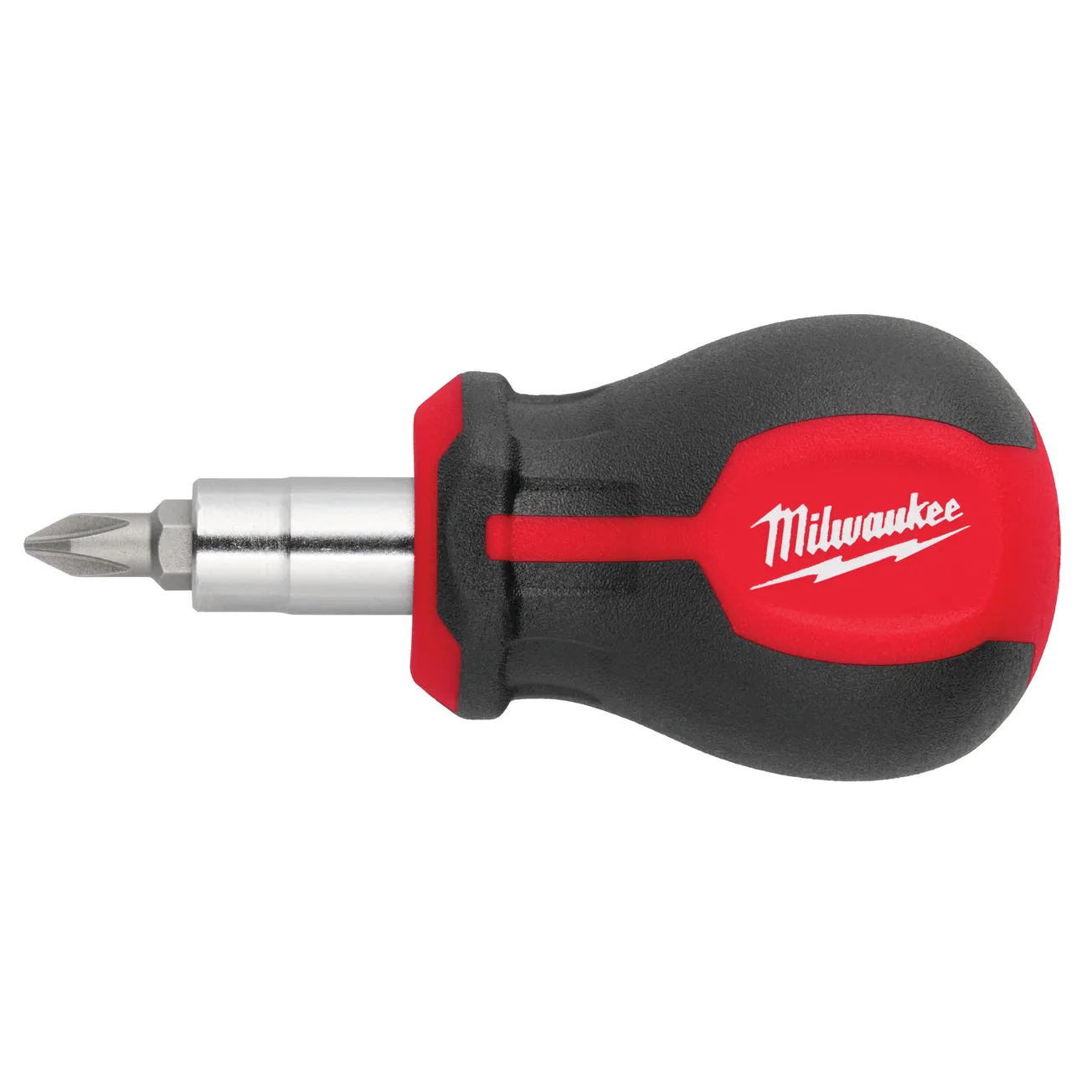Table of Contents
When a contractor heads to the local home improvement or jobsite supply center to pick up a new 18-volt impact driver, he or she usually looks for several specific attributes pertinent to the job or personal preference: ergonomics, power, size, price, etc. When they select their purchase, they think they’re buying a new power tool—but that’s not entirely correct. They’re also buying a battery platform.
Not all batteries are created equal, and trade pros require a fundamental understanding of the inherent building blocks of a quality battery system. When in the market for a new power tool, here’s what to consider:
Power
A tool’s voltage is related to the size of its motor; the higher the voltage, the bigger the motor, and, thus, the greater the tool’s power.
Since the introduction of lithium-ion batteries, 18-volt tools have become the standard for construction and trade applications, as the 18-volt size and weight is both powerful and ergonomic. For trades that have to work in tight spaces, 12-volt tools give up some power, but come with a smaller footprint.
It’s important to understand that manufacturers report the voltages of their batteries in different ways. Using a 20-volt battery as an example, the moment a battery is removed from the charger, the voltage of the battery will measure 20V. But once the battery is attached to the tool, the voltage drops to the nominal voltage of about 18.6 volts.
Most manufacturers report the operating voltage, but some report the “No Load” voltage—which is why users find both 20V and 18V tools and batteries available, as well as both 12V and 10V.
Runtime
While voltage is indicative of motor size, amp-hour (Ah) rating indicates the size of the gas tank—so the higher the rating, the bigger the gas tank, and the longer the run time. A 4.0 Ah battery can provide consistent 18-volt power for twice as long as a 2.0 Ah option when doing similar tasks with the same tool.
For small tasks, a low-amp-hour battery can do the job. But for big tasks, a higher amp-hour-rated battery is the best choice. The tradeoff is that a higher-Ah battery will be larger, heavier and more cumbersome, to accommodate greater energy capacity.
Cooling Design
Another consideration is how the battery stays cool. Heat means a shorter product lifespan, so the longer the life of the battery, the lower the expense. The battery housing should manage heat in the most efficient way, which could include separating each cell into its own compartment. This allows heat from the cell to dissipate.
An advanced heavy-duty battery may have internal circuitry that monitors the cells in the battery, but the circuits can do more than just monitor. These internal circuits manage temperature, taking action to protect the battery and the tool if cells approach 158◦ F (70◦ C)—thermal shutdown. If any cell surpasses the 158◦ F threshold, the circuits can disable the entire battery until all cells are below the heat threshold.
With all of this engineering, what does that do to charge time—a key productivity factor on any jobsite? Surprise: It decreases.
With all lithium-ion batteries, the temperature of each cell of the battery has to be below the thermal shutdown temperature of 70ºC in order to begin charging. Since heavy-duty batteries with inadequate heat management could reach thermal shutdown, the battery cannot be completely discharged due to thermal shutdown prior to complete discharge.
Under normal conditions, charging can begin as soon as the battery is placed on the charger, so charge time is decreased because advanced lithium-ion batteries that manage heat well don’t require cooling prior to charging. Other best-in-class battery attributes include protection to prevent over-discharging and overloading the tool.
Extra Features
A few key features important to trade pros, but not found in every battery system:
•A fuel gauge seems nonessential, until you’re on the roof of a high-rise building and the tool battery dies. A simple indicator helps the user assess and plan power needs.
•Tools and batteries need to be able to talk to each other. The smartest power tools include electronics in both the tool and battery that communicate with each other to manage power discharge and overall performance. Smart systems not only improve on-the-job performance, but also protect the tool and batteries while extending product life.
There’s more to selecting a power tool than shape, power and price. It’s important to consider the entire battery platform, because the battery drives the tool, not the other way around.









